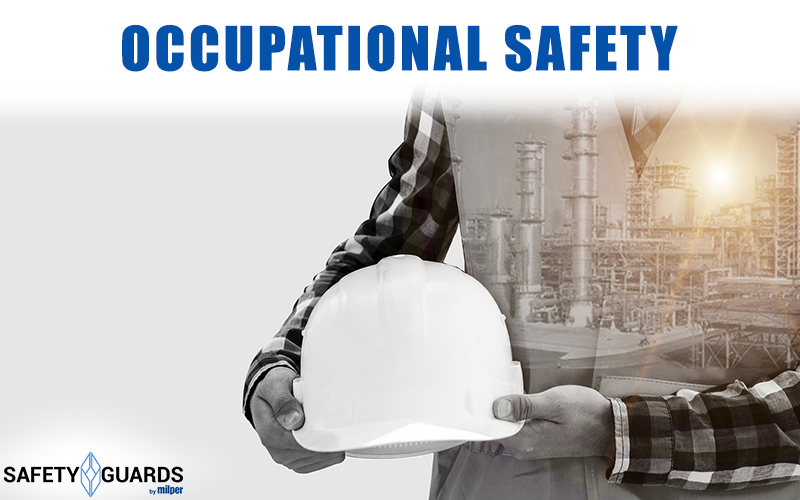WORKER SAFETY
INDEX
1. WORKERS: OBLIGATIONS AND RIGHTS
2. EMPLOYER: DEFINITION
3. SAFETY TRAINING: WHAT THE EMPLOYER MUST DO.
4. SUMMARY ON OCCUPATIONAL SAFETY
WORKERS: OBLIGATIONS AND RIGHTS
Looking at history, giant strides have been made since the late 1800s. The first rudiments of official texts on labor issues date from that time. At the height of industrial development, legislation was more directed toward obligations on the part of the worker. In light of the growing number of injuries, the text was aimed at workers in close contact with machinery.
Just in industry, safety was, yes considered, but from the perspective of workforce continuity. The evolution of labor law, followed economic and social development, receiving input from labor unions and integrated with the new concept of industry. The TUSL (Unified Occupational Safety Law), the result of Art. 20 of Legislative Decree 81/08 is the current reference on the subject.
Worker protection does not consist of rights alone. The worker is liable for damage caused to himself or others in the performance of his work in the event of failure to comply with safety regulations. To the extent that due protection is due, it is the duty of every employee, to follow and execute what is provided in the training activity.
This involves both theoretical training activities and practical training. This affects every sector of work and is not limited to mechanical and industrial fields. Every job has its own tools and it is the duty of the worker, to acquire the due Know-How that enables him/her to perform his/her job performance safely. Although mistakenly considered an optional right, health surveillance is an example of an obligation on the part of the worker.
Cornerstone of the legislation, the rights of the worker and are closely related to duties. In every business setting, the workers’ representative for the
Safety at Work.
(RLS) is the figure of reference for employees, with regard to matters of protection.
The RLSs are thus the link between the safety needs of the workforce and the prevention strategies adopted by the
Employer
. A well-functioning organizational mechanism, thus sees the participation of every active element at the various levels of the organization of the production unit, the result is Occupational Safety.
The following points recur among the fundamental rights of the worker:
- Training in activity-related risks.
- Abstention from work in case of underestimated danger.
- Personal medical checkup.
- Recourse to supervisory bodies.
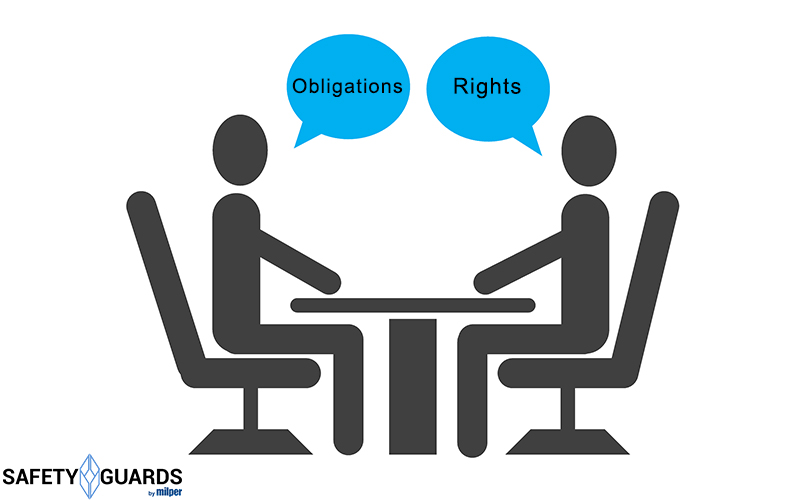
EMPLOYER: DEFINITION
Apex of the pyramid of the
Occupational Safety.
, the Employer has a framework in the regulations. Revising Legislative Decree 81/08, Legislative Decree 106/2009 introduced several changes in this regard. According to the Occupational Safety Consolidation Act, the Employer is the owner of the employment relationship with the employee.
Its tasks vary depending on the business context. The same definition applies in multiple areas. He is responsible for organizing Occupational Safety and Prevention in the private field. The position is held by the responsible executive in charge of spending, management and decision-making powers in the public context.
The burden of coordinating the
Occupational Safety.
, however, does not fall entirely on the Employer. Again, context has its power in the organizational perspective. The official, who is not in a management role, may be designated as a manager by the top coordinating officers of the administration.
He assumes the leadership of the apparatus assigned to him. In the absence of a manager, it is the officer who serves as the Employer. What is different, however, is the role of the manager in the local government context, as they are required to comply with the Organic Personnel Regulations and the Municipal Statute.
Regardless of the public or private context of the company, there is always a top management to coordinate prevention and Occupational Safety. Essential in the organization of Occupational Safety in the company are managers and supervisors. These figures are optional when considering small entities. In medium to large contexts, the Employer demotes part of the coordination load, apportioning it to subordinate levels.
The manager then translates what the Employer has established into operational provisions. The provost leverages functional power so as to coordinate and ensure the achievement of targets arranged according to company lines. Different levels therefore correspond to different obligations. The Employer must:
- Draw up the Risk Assessment Document.
- Appoint theRSPP (Risk Prevention and Protection Service Manager).
If present, the manager may substitute the
Employer.
regarding:
- Designation of the physician of expertise.
- Designation of workers responsible for initial emergency management.
- Purchase and equipping of PPE.
- Management of staff training.
- Preparation of the DUVRI (Single Risk Assessment Document).
- Monitoring and adjustment of facilities.
To principals, on the other hand, tasks of monitoring and coordinating emergencies.
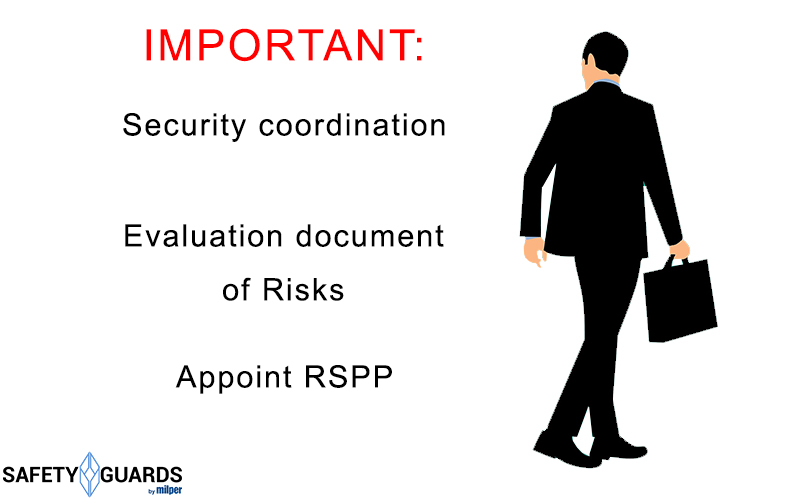
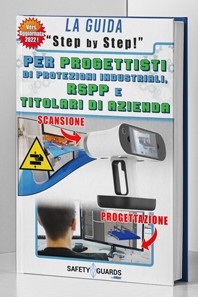
SAFETY TRAINING: WHAT EMPLOYERS MUST DO
In addition to the necessary and proper PPE equipment and the technical design of the
Safety Protections
, in industrial settings, a key step is entrusted to the training of employees at the various levels of the coordination pyramid.
Ensuring due Safety at Work, means being able to rely on standardized protocols, establish workers is therefore the essential meeting point to close the circle of prevention and risk management in the workplace. While it is true that great honors are matched by heavy burdens, the greatest organizational burden lies with the Employer and the management figures who work alongside him or her.
After all, the Legislative Decree. 106/2009 speaks for itself. The prevention system must necessarily include the stages of education, information and training. The training channel must take two directions. On the one hand there is the prevention of risks related to maneuvers in the performance of the work task, and on the other hand there is the protection of personal safety.
This must necessarily come through the transmission of the concepts and notions underlying the procedures of
Safety at Work.
. Information must take essential steps, risk is inevitable but it can be scaled down, to increase the degree of Occupational Safety. It is in the training phase that all the previous steps find practical application.
This involves direct interaction with machinery, the proper use of PPE, and the proper use and management of Accident Protection. Thus, training involves both practical approaches in routine work situations and in risk management in emergency situations.
Precise figures in the company must assume the function of trainers. In addition to the role of managers and supervisors, other figures involved include, the occupational physician and the Protection and Prevention Service. The proper organization of the risk prevention and management network is dependent on the coordination and organization activities by the
Employer
.
Top management also bears the burden of information to employees. According to the Technical Standard, it is the obligation of the Employer to use every tool at his disposal to make known to the appropriate bodies, information regarding the existing risks. The same information must be made explicit and usable by all workers.
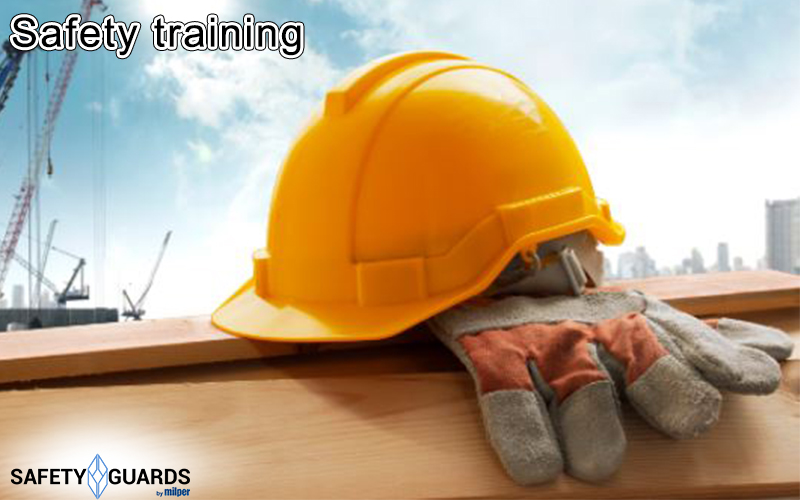
SUMMARY ON OCCUPATIONAL SAFETY
Although historically work has not rhymed with.
Safety at Work.
, so much information has been introduced in the context, regarding protection from occupational risk. Some things have changed, up to the current TUSL. The Workplace Safety machine provides rights but also obligations for the worker.
In fact, the principle of punishability of the employee, who causes harm due to a failure to comply with the technical and practical knowledge acquired during professional training in Occupational Safety, applies. Otherwise, a medical examination requirement applies. Important guarantors are the RLSs, who combine the requirements of Occupational Safety from the employees, with the offer from the Employer.
Worker’s inalienable rights include, abstention from work when exposed to an uncalculated period, medical supervision, recourse to supervisory agents, and appropriate training. As explicated by the Legislative Decree. 106/2009, the Employer is the owner of the employment relationship with the employee.
This entails direct responsibility for what concerns the safety of the employee. Although with some differences between the public and private contexts, it is the top figures in the organizational pyramid who ensure the tightness of the
Safety at Work.
. Important elements, especially in medium to large companies, are managers and subordinates.
In fact, if the Employer has to prepare the appropriate Risk Assessments and appoint the RSPP, the manager can have a vicarious role through the designation of the figures necessary for the organizational arrangement of Occupational Safety, the purchase of PPE, personnel management, the preparation of the DUVRI and the monitoring of facilities.
Instead, principals carry out emergency monitoring and coordination. It is therefore the responsibility of top management to fulfill the worker’s education, information and technical and practical training. Theory should be paired with mentoring in practice. Informing about the risks is an obligation. Every component of business reality is necessary from the perspective of Occupational Safety.
The business environment must therefore unite in synergy the entrepreneur, the head of the production department, the
Technical Office
and the workforce. Fundamental is the operating environment. Even the design of
Safety Protections
for industrial use, must be based on practicality, technology and sound operational Konw-How. Occupational Safety is not an insignificant detail and deserves seriousness.


